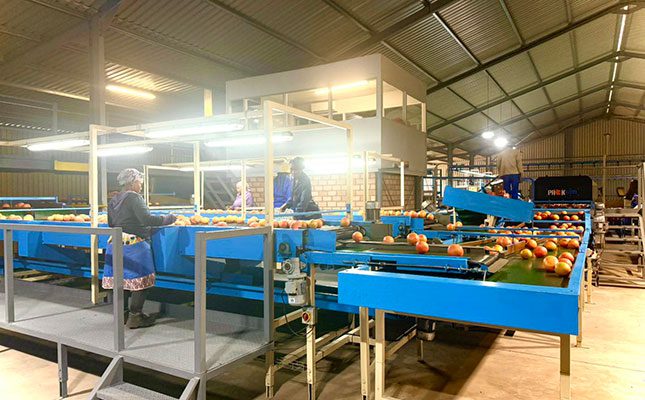In a bold step to transform its agricultural sector, the Namibian government has announced a five-year investment of N$250 million (approximately R250 million) into the country’s citrus industry. Spearheaded by the Namibia Agronomic Board (NAB), the initiative is aimed at reducing the country’s reliance on citrus imports, increasing local production, creating jobs, and enhancing export potential.
The announcement was made during a high-level stakeholder engagement hosted by NAB, which brought together key players across the citrus value chain. Attendees included representatives from the Local Nurseries Association, Citrus Growers’ Association of Southern Africa, Namibia Association of Horticulture Producers, Namibian Standards Institution, and several government and trade bodies.
A Vision Rooted in Growth and Sustainability
“When we talk about the citrus industry, we are talking about potential, about jobs, about foreign exchange earnings, and most importantly, about transforming the sector to benefit our farmers and the national economy,” said Dr. Fidelis Mwazi, CEO of the NAB.
Currently, Namibia imports around 96% of its citrus fruit, spending over N$57.6 million annually. Despite being the third-most consumed fruit in the country, after apples and bananas, local citrus production remains modest, with a projected harvest of just 1,783 tonnes in 2024 and roughly 150,515 commercial citrus trees planted nationwide.
This investment will channel N$50 million annually into the development of the citrus value chain. According to Dr. Mwazi, it will support local nursery development, encourage the propagation of high-quality seedlings, fund research and extension services, and improve critical infrastructure such as packhouses and irrigation systems.
From Imports to Exports
Namibia’s citrus production is primarily concentrated in the Karst, Central, South, and Orange River zones. Of the citrus sold, 70% is distributed via formal markets, while 30% flows through informal channels. The sector has already achieved some export success, with citrus shipments to South Africa and Angola bringing in more than N$23.9 million (USD 1.3 million) in revenue in 2024.
However, Dr. Mwazi noted that Namibia still imports citrus planting material worth over N$136 million (USD 7.3 million)—highlighting a significant gap in the country’s self-sufficiency in citrus input production.

To strengthen competitiveness and quality, most citrus fruits in Namibia are already gazetted as controlled products under the Agronomic Industry Act No. 20 of 1992, and a national citrus standard is in place to guide production and marketing practices.
Strategic Vision for the Future
As part of its renewed focus, NAB has updated its mission and vision statements. The new vision reads: “A globally recognised regulator of a sustainable, agile, and innovative agronomy and horticulture sector.” Meanwhile, the revised mission emphasizes legislative excellence, research, and facilitation to elevate the country’s crop sector.
“These changes reflect our ambition to meet measurable international benchmarks such as ISO 9001:2015 and ISO 17020, ensuring Namibia’s agriculture sector is competitive on a global stage,” Dr. Mwazi said.
He also unveiled NAB’s new Integrated Strategic Business Plan (ISBP) and the 5-Year Crop Value Chain Development Strategy (CVCDS) for 2025–2030, which will guide the implementation of the citrus investment program and broader crop sector growth.
Shared Commitment and Collaboration
The engagement concluded with a tour of the Koedoebos Sitrus Pakhuis, a state-of-the-art citrus packhouse, showcasing Namibia’s existing capabilities and the potential for growth when stakeholders work together.
As Namibia steps into a new era of agricultural development, this N$250 million investment reflects a strong commitment by the government and its partners to build a self-reliant, export-ready citrus industry—one that not only feeds the nation but also opens up new economic opportunities across Southern Africa and beyond.